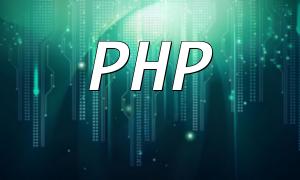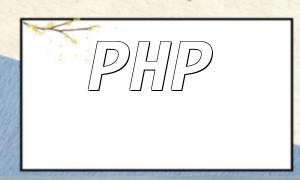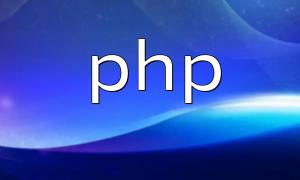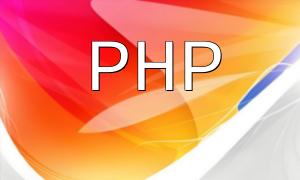With the rapid development of IoT technology, more and more smart devices and sensors are being connected to the internet, generating massive amounts of data. How to efficiently store and manage this data has become an important challenge for developers. As a powerful programming language, PHP provides various tools and extensions to help developers store and manage IoT device data.
First, we need to select suitable IoT hardware. There are many types of IoT hardware on the market, including sensors, microcontrollers, and smart home devices. Based on specific needs, choose the appropriate hardware and ensure it can communicate with PHP. Common communication protocols include HTTP and MQTT.
Once the hardware is chosen, the next step is to write PHP code to establish communication with the hardware devices. PHP offers various functions and classes that simplify data interaction with hardware. For example, the cURL library can be used to send HTTP requests, while the Mosquitto library can facilitate MQTT communication.
In the PHP code, the first step is to establish a connection with the IoT device. This usually requires providing the device's IP address, port number, and any necessary certificates. After a successful connection, you can send instructions to the device, retrieve sensor data, or send control commands to the device.
Once sensor data is successfully retrieved, the next task is to store the data. PHP offers various data storage options depending on the project's needs and scale, including using file systems, databases, or memory caches.
If the project's data volume is relatively small, using the file system for storage is a good option. PHP provides functions like file_put_contents and file_get_contents for easy file manipulation. You can save sensor data as individual files or write data row by row into a CSV file.
For larger projects, using a database for data storage is more appropriate. PHP supports several types of databases, including MySQL, SQLite, MongoDB, etc. By using PHP's database extensions like mysqli or PDO, you can easily perform database operations.
Before storing data in a database, we need to design and create database tables. The table structure should match the attributes of the sensor data to facilitate subsequent insertions and queries. In PHP, you can use SQL statements to create tables, insert data, or query data.
In addition to traditional storage methods, we can also use memory caching to improve data storage and query performance. PHP provides extensions like Redis and Memcached, which allow data to be stored in memory, greatly improving data access speed.
By learning PHP programming, developers can easily implement efficient data storage for IoT hardware. By selecting the right hardware, writing communication code, and choosing the appropriate data storage method, you can effectively manage the data generated by IoT devices. PHP provides robust support for IoT data storage, helping developers achieve more efficient data management.









